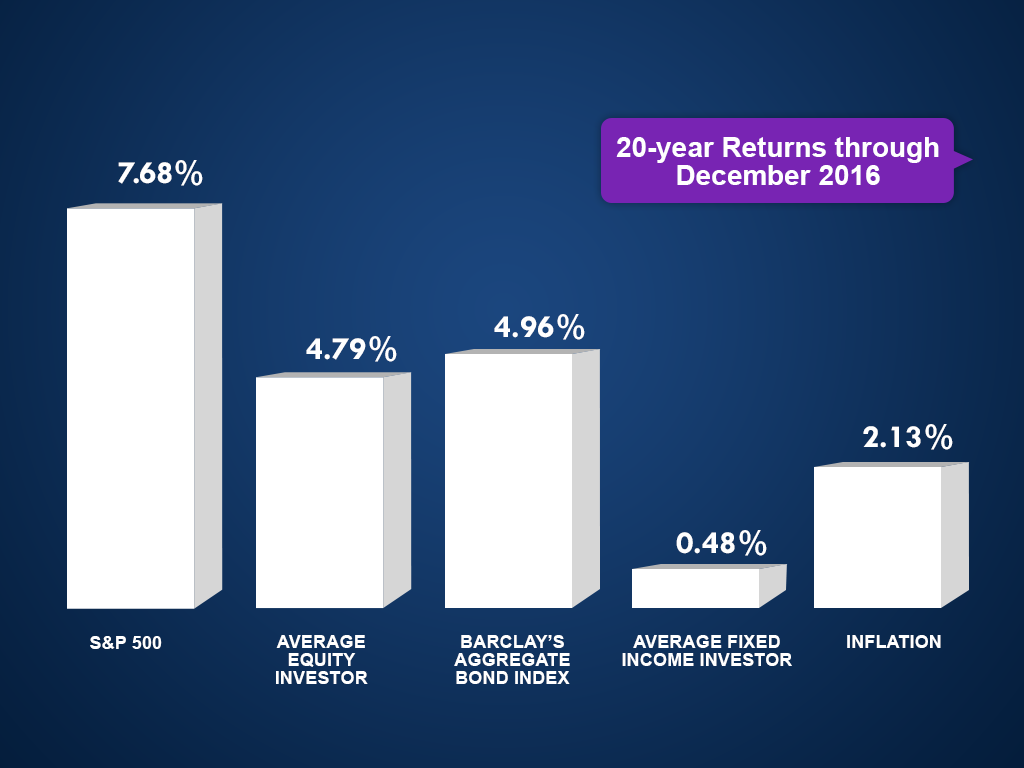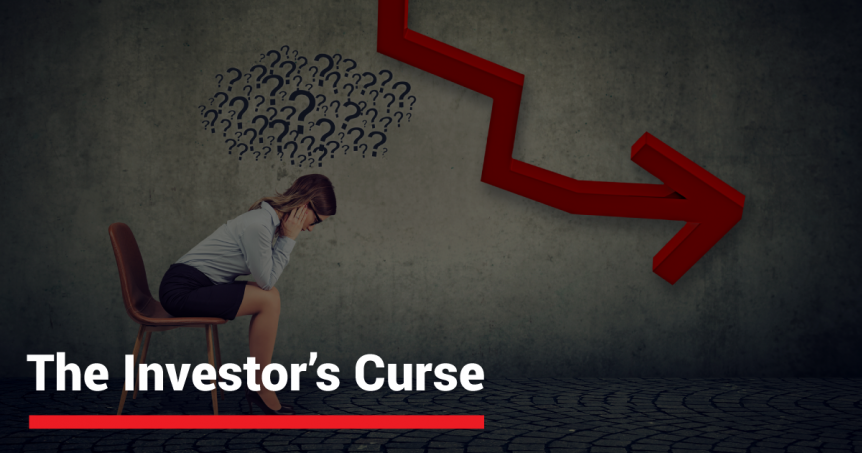When it comes to investing, emotions and human nature often influence our decisions, causing us to behave imprudently or illogically. Why does this happen? Behavioral finance is the study of psychology as it relates to the fields of economics and finance to explain why and how people make irrational financial decisions.
For years, it was assumed that “conventional” economic theories best portrayed how investors conducted themselves – reasonably and predictably. In the early 1970s, however, academics began to identify several anomalies that traditional financial theories could not explain. These psychologists and economists found that, in reality, the world does not conform to idealizations and that market participants often act very unpredictably.
Emotions are the investor’s curse, and if they’re left unchecked, they may get the best of you. Below, we examine two common investor pitfalls and a couple of the underlying reasons that some of us behave irrationally – and often against our best interests.
Recency Bias
Have you ever seen a bad car accident on a route that you regularly drive? You probably drove pretty carefully in that area the next time you passed through. This is an example of the recency effect. We tend to place a higher value on events that have occurred most recently than those events that have taken place in the past. You’ve driven on that road countless times without thinking twice about your speed, yet now that the accident is at the forefront of your mind, you’re extra cautious.
The recency effect is the tendency to remember recent observations and experiences more vividly and then allow that information to dictate your actions or cloud your judgment. Unfortunately for investors, recency bias can hinder your ability to make wise investment decisions when it comes to your long-term plans.
Case in point: the latest financial crisis. When the stock market lost nearly half of its value in a very short period of time, investors panicked. Nevermind that we had a bear market nearly as bad after September 11th, 2001 – or any of the other downturns that have occurred about twice a decade for the past 100 years. Don’t believe it? Check out this graph.
What resulted from all the hysteria? Recency bias caused the masses to pull out of equities. Some dialed their portfolios down to bonds, but many moved to cash. These short-sighted decisions had devastating effects for recent retirees and those nearing retirement. They had permanently limited their life’s savings to a fraction of what they had planned on to support them for the next 30 years. On the other hand, those who were able to ignore the “panic du jour” and stick to their long-term objectives experienced one of the greatest market recoveries of the century.
There is no such thing as a perfect investment, and there never will be. No matter what you’ve chosen to do, there will be times when it will be painful. It’s important to keep the big picture in mind and not lose sight of your goals. The four most dangerous words in investing are: This time it’s different. If you need to reevaluate your strategy because your investments are inappropriate or you have a better alternative, then do so. If you’re acting based on rash emotions, it would serve you well to learn something from history.
Herd Mentality
It is thought that the human brain is hardwired to “follow the crowd.” Herd mentality is the tendency for individuals to adopt certain behaviors or follow the trends of a larger group, although individually, these people may not necessarily make the same choices. After all, we’re prone to believe that if everyone is doing it, it must be right. Even if you are convinced that a particular idea is irrational or incorrect, you might still follow the herd, believing they know something that you don’t.
DALBAR is a research firm that studies the Quantitative Analysis of Investor Behavior. They produce an annual report that examines how behavior and emotional investing have affected investors’ returns compared to the S&P 500 for a 20 year time span.

In this graph, you can see that the S&P 500 averaged 7.68 percent. Look at the disparity between what the S&P 500 did versus the investor. The average equity investor only got 4.79 percent.
Why? Simply put, it is the constant buying and selling that is driven by investors’ fear and greed. The lesson here is that if you do what everyone else is doing, you’re going to get what everyone else is getting. Most Americans need a whole lot more than 4.79 percent!
To conclude, the unofficial definition of insanity is doing the same thing over and over and expecting a different result. If you’re letting your emotions and biases interfere with your investment decisions, the rational solution is to find a strategy that completely removes this element. It’s time to stop going in circles.







